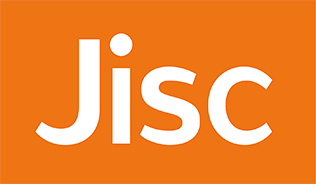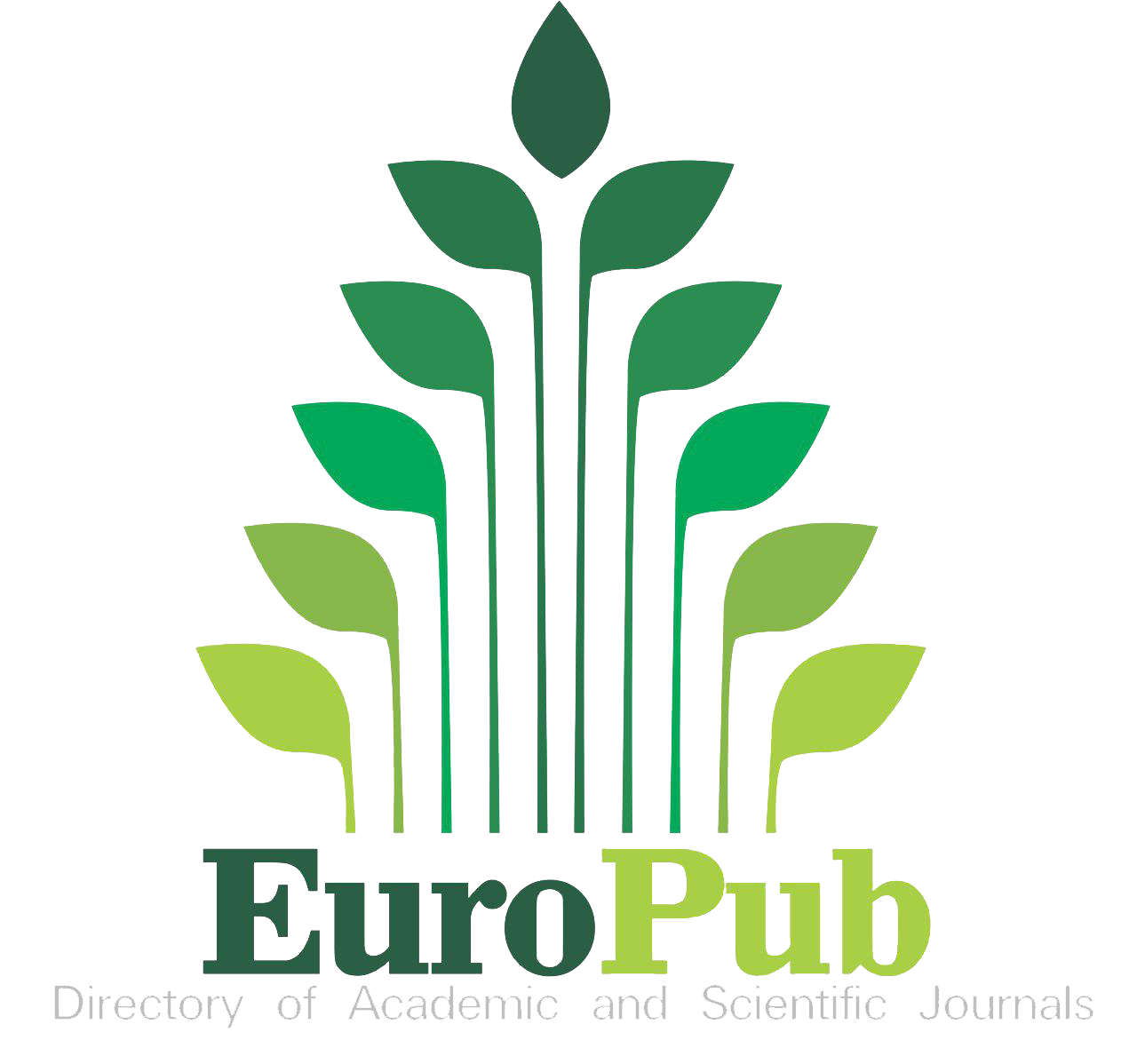Relationship Between Continuous Improvement and Organizational Performance in A European Bank: The Mediating Role of Organizational Learning
DOI:
https://doi.org/10.54536/ajebi.v3i3.3661Keywords:
Continuous Improvement, Employee Participation, Management Empowerment, Organizational Learning, Organizational PerformanceAbstract
This study attempted to determine the relationship between continuous improvement and organizational performance, with organizational learning functioning as the mediating variable, among Data and Analytics professionals at a European Bank located in Manila. The descriptive-correlational research design was used to determine if there are existing relationship between continuous improvement and organizational performance as its independent and dependent variables, respectively. The components of continuous improvement were management empowerment and leadership and employee participation. The following were the parameters used for assessing organizational performance: cost-effectiveness, business objectives, customer satisfaction, employee satisfaction, and innovation. The survey containing Continuous Improvement Questionnaire, Dimensions of Learning Organization Questionnaire (DLOQ) and Organizational Performance Questionnaire were distributed among data and analytics professionals with the goal of gathering data. The study’s findings indicated a significant relationship between continuous improvement and organizational performance. Furthermore, there was a significant mediation influence with organizational learning; however, on a partial level, as continuous improvement positively influences organizational performance. The study concluded with an understanding of an implication and the development of recommendations for the organization and future researchers that could be useful in the study of continuous improvement, organizational learning, and organizational performance.
Downloads
References
Abu-Bader, S., & Jones, T. V. (2021). Statistical mediation analysis using the Sobel test and Hayes SPSS process macro. International Journal of Quantitative and Qualitative Research Methods, 9(1), 42–61.
Amin, M. S., Sudarmiatin, S., & Hermawan, A. (2023). Do the organizational learning and innovation increase organizational performance on SMES? Journal of Business and Management Review, 4(5), 306–320. https://doi.org/10.47153/jbmr45.6862023
Arnold, J. A., Arad, S., Rhoades, J. A., & Drasgow, F. (2000). The empowering leadership questionnaire: The construction and validation of a new scale for measuring leader behaviors. Journal of Organizational Behavior, 21(3), 249–269. https://doi.org/10.1002/(SICI)1099-1379(200005)21:3<249::AID-JOB10>3.0.CO;2-%23
Beraldin, A. R., Danese, P., & Romano, P. (2022). Employee involvement for continuous improvement and production repetitiveness: A contingency perspective for achieving organisational outcomes. Production Planning & Control, 33(4), 323–339. https://doi.org/10.1080/09537287.2020.1823024
Bhuiyan, N., & Baghel, A. (2005). An overview of continuous improvement: From the past to the present. Management Decision, 43(5), 761–771. https://doi.org/10.1108/00251740510597761
Bolaji Bello, O., & Olarewaju Adeoye, A. (2018). Organizational learning, organizational innovationand organizational performance: Empirical evidenceamong selected manufacturing companies in Lagosmetropolis, Nigeria. Journal of Economics and Management, 33, 25–38. https://doi.org/10.22367/jem.2018.33.02
Cauchick Miguel, P. A. (2015). Receiving a national quality award three times: Recognition of excellence in quality and performance. The TQM Journal, 27(1), 63–78. https://doi.org/10.1108/TQM-10-2010-0027
Chan, D. W. M., Sarvari, H., Golestanizadeh, M., & Saka, A. (2023). Evaluating the impact of organizational learning on organizational performance through organizational innovation as a mediating variable: Evidence from Iranian construction companies. International Journal of Construction Management, 1–14. https://doi.org/10.1080/15623599.2023.2239486
Chi, C. G., & Gursoy, D. (2009). Employee satisfaction, customer satisfaction, and financial performance: An empirical examination. International Journal of Hospitality Management, 28(2), 245–253. https://doi.org/10.1016/j.ijhm.2008.08.003
Chung, C. H. (2018). The Kaizen Wheel - An integrated philosophical foundation for total continuous improvement. The TQM Journal, 30(4), 409–424. https://doi.org/10.1108/TQM-03-2018-0029
Costa, F., Lispi, L., Staudacher, A. P., Rossini, M., Kundu, K., & Cifone, F. D. (2019). How to foster sustainable continuous improvement: A cause-effect relations map of Lean soft practices. Operations Research Perspectives, 6, 100091. https://doi.org/10.1016/j.orp.2018.100091
Cua, K. O., McKone, K. E., & Schroeder, R. G. (2001). Relationships between implementation of TQM, JIT, and TPM and manufacturing performance. Journal of Operations Management, 19(6), 675–694. https://doi.org/10.1016/S0272-6963(01)00066-3
Data Privacy Act of 2012, R.A. 10173 (2012). https://privacy.gov.ph/data-privacy-act/#w12
Davis, F. D. (1989). Perceived usefulness, perceived ease of use, and user acceptance of information technology. MIS Quarterly, 13(3), 319. https://doi.org/10.2307/249008
Dewar, C., Doucette, R., & Epstein, B. (2019, June 10). Continuous improvement: The realities of making the shift. McKinsey & Company. https://www.mckinsey.com/capabilities/people-and-organizational-performance/our-insights/the-organization-blog/continuous-improvement-the-realities-of-making-the-shift
Enaohwo, O. M. (2021, August 24). Continuous Improvement Process for Increased Productivity. Sweet Process. https://www.sweetprocess.com/continuous-improvement-process/
Eriksson, H., & Garvare, R. (2005). Organisational performance improvement through quality award process participation. International Journal of Quality & Reliability Management, 22(9), 894–912. https://doi.org/10.1108/02656710510625202
Fonseca, L. M., & Domingues, J. P. (2018). The best of both worlds? Use of Kaizen and other continuous improvement methodologies within Portuguese ISO 9001 certified organizations. The TQM Journal, 30(4), 321–334. https://doi.org/10.1108/TQM-12-2017-0173
Galeazzo, A., Furlan, A., & Vinelli, A. (2021). The role of employees’ participation and managers’ authority on continuous improvement and performance. International Journal of Operations & Production Management, 41(13), 34–64. https://doi.org/10.1108/IJOPM-07-2020-0482
Hussein, N., Mohamad, A., Noordin, F., & Ishak, N. A. (2014). Learning organization and its effect on organizational performance and organizational innovativeness: A proposed framework for malaysian public institutions of higher education. Procedia - Social and Behavioral Sciences, 130, 299–304. https://doi.org/10.1016/j.sbspro.2014.04.035
Jimoh, R., Oyewobi, L., Isa, R., & Waziri, I. (2019). Total quality management practices and organizational performance: The mediating roles of strategies for continuous improvement. International Journal of Construction Management, 19(2), 162–177. https://doi.org/10.1080/15623599.2017.1411456
Joel, O. O., Moses, C. L., Igbinoba, E. E., Olokundun, M. A., Salau, O. P., Ojebola, O., & Adebayo, O. P. (2023). Bolstering the moderating effect of supervisory innovative support on organisational learning and employees’ engagement. Administrative Sciences, 13(3), 81. https://doi.org/10.3390/admsci13030081
Jurburg, D., Viles, E., Tanco, M., & Mateo, R. (2017). What motivates employees to participate in continuous improvement activities? Total Quality Management & Business Excellence, 28(13–14), 1469–1488. https://doi.org/10.1080/14783363.2016.1150170
Jurburg, D., Viles, E., Tanco, M., & Mateo, R. (2018). Continuous improvement leaders, followers and laggards: Understanding system sustainability. Total Quality Management & Business Excellence, 29(7–8), 817–833. https://doi.org/10.1080/14783363.2016.1240610
Jurburg, D., Viles, E., Tanco, M., Mateo, R., & Lleó, Á. (2019). Understanding the main organisational antecedents of employee participation in continuous improvement. The TQM Journal, 31(3), 359–376. https://doi.org/10.1108/TQM-10-2018-0135
Khattak, M. N., Zolin, R., & Muhammad, N. (2020). Linking transformational leadership and continuous improvement: The mediating role of trust. Management Research Review, 43(8), 931–950. https://doi.org/10.1108/MRR-06-2019-0268
Lleo, A., Viles, E., Jurburg, D., & Santos, J. (2020). Key middle manager trustworthy behaviours that enhance operator participation in continuous improvement systems. International Journal of Quality and Service Sciences, 12(3), 229–245. https://doi.org/10.1108/IJQSS-10-2019-0118
Marsick, V. J., & Watkins, K. E. (2003). Demonstrating the value of an organization’s learning culture: The dimensions of the learning organization questionnaire. Advances in Developing Human Resources, 5(2), 132–151. https://doi.org/10.1177/1523422303005002002
Naqshbandi, M. M., & Tabche, I. (2018). The interplay of leadership, absorptive capacity, and organizational learning culture in open innovation: Testing a moderated mediation model. Technological Forecasting and Social Change, 133, 156–167. https://doi.org/10.1016/j.techfore.2018.03.017
Ogueyungbo, O. O., Chinonye, L. M., Igbinoba, E., Salau, O., Falola, H., & Olokundun, M. (2020). Organisational learning and employee engagement: The mediating role of supervisory support. Cogent Business & Management, 7(1), 1816419. https://doi.org/10.1080/23311975.2020.1816419
Oh, S., & Han, H. (2020). Facilitating organisational learning activities: Types of organisational culture and their influence on organisational learning and performance. Knowledge Management Research & Practice, 18(1), 1–15. https://doi.org/10.1080/14778238.2018.1538668
Pannell, R. (2022, November 24). The Benefits of Continuous Improvement. LEANSCAPE. https://leanscape.io/the-benefits-of-continuous-improvement/
Papademetriou, C., Anastasiadou, S. D., & Konteos, G. (n.d.). The effect of human resource management practices on the quality of service, customer satisfaction, and organizational performance in Cypriot Urban Hotel Industry.
Pham, L. T., & Hoang, H. V. (2019). The relationship between organizational learning capability and business performance: The case of Vietnam firms. Journal of Economics and Development, 21(2), 259–269. https://doi.org/10.1108/JED-10-2019-0041
Pimpong, S., & Laryea, H. (2016). Budgeting and its impact on financial performance: The case of non-bank financial institutions in ghana, 4(5).
Pokharel, M. P., & Ok Choi, S. (2015). Exploring the relationships between the learning organization and organizational performance. Management Research Review, 38(2), 126–148. https://doi.org/10.1108/MRR-02-2013-0033
Rehman, S., Mohamed, R., & Ayoup, H. (2019). The mediating role of organizational capabilities between organizational performance and its determinants. Journal of Global Entrepreneurship Research, 9(1), 30. https://doi.org/10.1186/s40497-019-0155-5
Ruiz-Pérez, F., Lleó, Á., Viles, E., & Jurburg, D. (2021). Enhancing participation through organizational drivers. The TQM Journal, 33(4), 823–840. https://doi.org/10.1108/TQM-01-2020-0012
Tripathi, A., & Kalia, P. (2022). Examining the effects of supportive work environment and organisational learning culture on organisational performance in information technology companies: The mediating role of learning agility and organisational innovation. Innovation, 1–21. https://doi.org/10.1080/14479338.2022.2116640
Van Assen, M., & De Mast, J. (2019). Visual performance management as a fitness factor for Lean. International Journal of Production Research, 57(1), 285–297. https://doi.org/10.1080/00207543.2018.1479545
Van Assen, M. F. (2020). Empowering leadership and contextual ambidexterity – The mediating role of committed leadership for continuous improvement. European Management Journal, 38(3), 435–449. https://doi.org/10.1016/j.emj.2019.12.002
Van Assen, M. F. (2021). Training, employee involvement and continuous improvement – The moderating effect of a common improvement method. Production Planning & Control, 32(2), 132–144. https://doi.org/10.1080/09537287.2020.1716405
Van Dierendonck, D., & Nuijten, I. (2011). The servant leadership survey: Development and validation of a multidimensional measure. Journal of Business and Psychology, 26(3), 249–267. https://doi.org/10.1007/s10869-010-9194-1
Van Elp, B., Roemeling, O., & Aij, K. H. (2022). Lean leadership: Towards continuous improvement capability in healthcare. Health Services Management Research, 35(1), 7–15. https://doi.org/10.1177/09514848211001688
Vinodh, S., Antony, J., Agrawal, R., & Douglas, J. A. (2020). Integration of continuous improvement strategies with Industry 4.0: A systematic review and agenda for further research. The TQM Journal, 33(2), 441–472. https://doi.org/10.1108/TQM-07-2020-0157
Watkins, K. E., & Marsick, V. J. (1993). Sculpting the learning organization: Lessons in the art and science of systemic change (1st ed). Jossey-Bass.
Wirtz, J. (2020). Organizational ambidexterity: Cost-effective service excellence, service robots, and artificial intelligence. Organizational Dynamics, 49(3), 100719. https://doi.org/10.1016/j.orgdyn.2019.04.005
Yang, B., Watkins, K. E., & Marsick, V. J. (2004). The construct of the learning organization: Dimensions, measurement, and validation. Human Resource Development Quarterly, 15(1), 31–55. https://doi.org/10.1002/hrdq.1086
Youssef, A. E. (2019). A framework for cloud security risk management based on the business objectives of organizations. International Journal of Advanced Computer Science and Applications, 10(12). https://doi.org/10.14569/IJACSA.2019.0101226
Zgrzywa-Ziemak, A. (2015). The impact of organisational learning on organisational performance. Management and Business Administration. Central Europe, 23(4), 98–112. https://doi.org/10.7206/mba.ce.2084-3356.159
Downloads
Published
How to Cite
Issue
Section
License
Copyright (c) 2024 Jeli Mariz B. Calingo

This work is licensed under a Creative Commons Attribution 4.0 International License.














